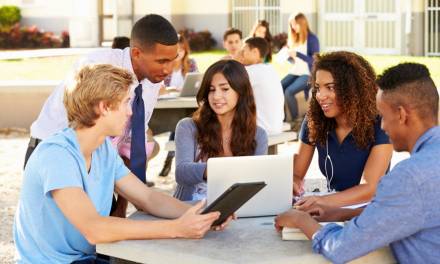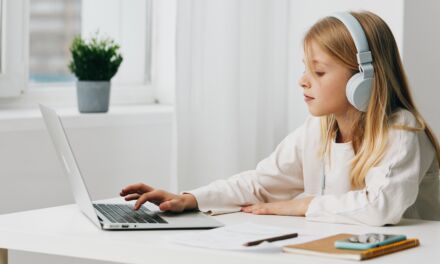A lesson observation is a critical teaching tool which should be used in a positive way for both the teacher and the observer. For the person being observed, it is a time to be able to reflect on their teaching style, content and effectiveness and for the observer, the opportunity to see a snapshot of how well the students are being taught as well as the overall skill of the teacher.
Many observations are unannounced so the observation team can gain a true reflection of the way you teach, how you interact with your class and your teaching planning and record keeping. Announced observations can often produce a false picture as it means that an unorganised teacher can hurriedly catch up with paperwork and look to teach a ‘perfect’ lesson to try to show that this is their usual standard of effectiveness.
Be prepared
Effective teachers plan ahead and so whilst there is always a high workload which accompanies the life of a teacher, having schemes of work completed, colour coded and annotated as the term progresses, lesson plans completed with reflective notes after each lesson and student files completed with completed and signed documentation where required along with one to one session notes and any tutorial records means that you can hand over your teaching folder to the observer as they arrive. The register is a legal document and so you must always keep this fully up to date with attendance records and any additional notes.
Managing the lesson
Ensure that the objectives of the lesson are clearly described at the start of the class – writing them on a whiteboard or something similar before the class starts and leaving them there for the duration is good practice and a way for all to refer back to, check progress regularly and don’t talk too much. Teachers often make the error of talking too much during the beginning of an observed lesson; recap on the previous class, give an introduction, ask questions to ascertain understanding and look to have the students engaged in activities as soon as possible.
It’s important to manage behaviour, follow safety guidelines and use a variety of learning techniques.
The observer
At the beginning of the lesson, introduce and explain the role of the observer. Make it clear that he or she is not there to judge the performance of any of the students and that they may be asked questions about the lessons at some point but there is nothing to worry about if they are asked an opinion.
Stay focused at all times. Be aware of what all the pupils are doing and don’t feel distracted by the fact there is an observer in the room. Let them do their job, if they need anything, they will ask. Give time reminders on tasks and even if they are working on a set activity, repeat the expected objectives.
Differentiation
It is very important to show differentiation. This could be through notes in your lesson plans or, depending on the subject, a range of targeted tasks. This could be because there are differing levels of achievement in the group or you require extension activities for those who complete their work before others.
Wrapping up the lesson
At the end of the class, use the final plenary to check learning and give the opportunity for a question and answer session and focus around the question of ‘what have we learned this lesson’. If for some reason you run out of time, remind the class that this the usual procedure and that the beginning of their next lesson with you will be a recap of their learning and achievement of their previous lesson.
Reflection
A lesson observation should be seen as a self-reflective tool; one to hear back your strengths and discuss areas where you can look to improve your effectiveness. Remember that the observer is not there to see you fail – they want to enjoy your class so the best thing to do is to relax, do your best and remember that you are good at what you do and that your pupils benefit from the way you teach and interact with them.










